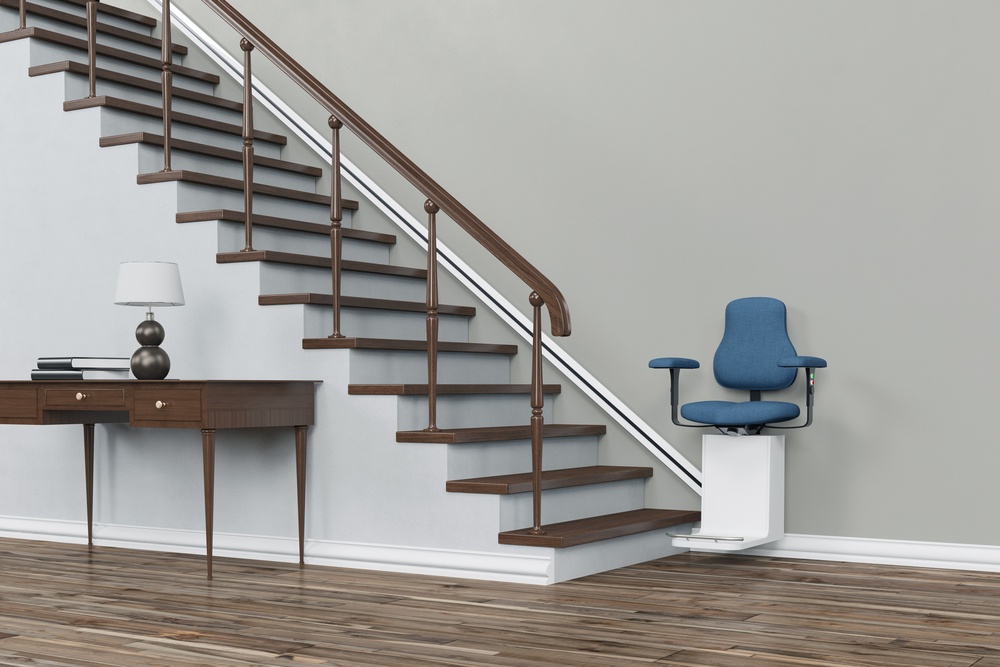-
Leading builders of Modular Homes in NSW, VIC, & SA
-
-
Leading builders of Modular Homes in NSW, VIC, & SA

In the rapidly developing market of modular homes, it has become just as affordable and realistic to build a new home with built in disability-friendly features rather than modifying an existing house to try to fit the resident’s specific needs.
The term disability has come to cover such a broad scope of needs and is so much more than a ramp and a few railings on the shower walls. We all have unique preferences in our environment that help make life easier, and in-home customisations for individuals with special needs are perhaps the most important of all. Thanks to advances in technology, there are a number of features that can be incorporated into disabled or handicap home designs for a range of specific conditions. We’ve listed just some of the possibilities below – when it comes to customising your home almost anything is possible!
Blind Individuals
Besides touch-to-see labelling throughout the house to help identify rooms, cabinet contents and other important reminders, the house should be equipped with devices that sound an alarm or create a vibration to alert someone of things that they would normally see, such as smoke or approaching visitors. The resident should also be able to operate lights and other devices by voice or gesture without having to search for a button or switch.
Conditions Affecting Growth and Size
Imagine a handicap home design that is built to suit someone's body specifications. Counter tops, ceilings, sinks, bathtubs, stairs, light switches and other controls can all be entirely customized to the owner's height and limbs.
Sensitivity to Light, Sound, Space and Movement
A home to accommodate this type of need should be highly insulated with heavily tinted windows and wide open spaces.
Wheelchair and Power Chair Accommodations
Ramps at every entrance are common, with no stairs and hardwood or tile flooring. The ideal handicap home design is completely outfitted with wide halls and doorways to accommodate the size of any mobility device. When someone is bound to their chair all of the time, it is again necessary to have everything lowered, as they are essentially only as tall as they are in a sitting position. Bathrooms are especially important with wheel-in showers and seamless flooring throughout the home for an uninterrupted flow and nothing to catch on the wheels.
Post-Traumatic Stress Disorder and Traumatic Brain Injury
Victims with disabilities that are primarily emotional or mental may have no physical restrictions however they can still require a safe environment. Memory and concentration can sometimes be an issue, so ovens and heating systems should sound an alarm or simply turn off automatically when left on for an extended period of time. In some instances, it may be helpful to equip the home with a safe room, where the resident can go for relief during an especially stressful period.
Deaf Individuals
Someone without hearing or speech will require a specific handicap home design that incorporates alternative options for situations where hearing or speaking is necessary. Features include vibrating floors instead of a doorbell, blinking lights instead of buzzers and most importantly, warnings signals in plain view in case of an intruder, fire or other hazard in the home.
We live in a society where a home with personal customisation is attainable for anyone and those with special needs no longer have to make do. When it comes to handicap home designs, complete customisation is more important than ever which is why we take pride in our ability to work with individual clients to tailor their home to their specific needs. If you’re looking to build a disability-friendly home, we welcome you to contact us for an obligation free consultation to discuss how we can help build a home that is both beautiful and functional for everyone in the household.

